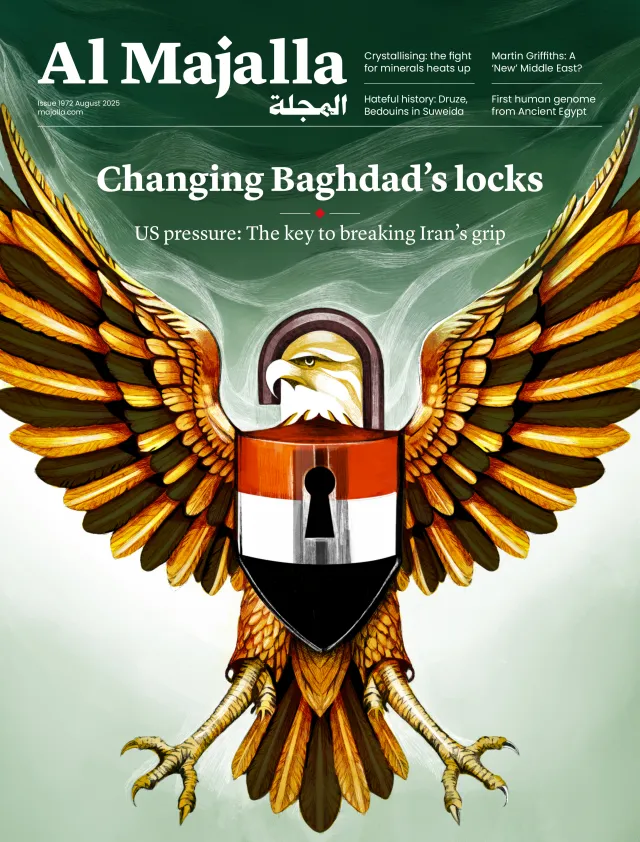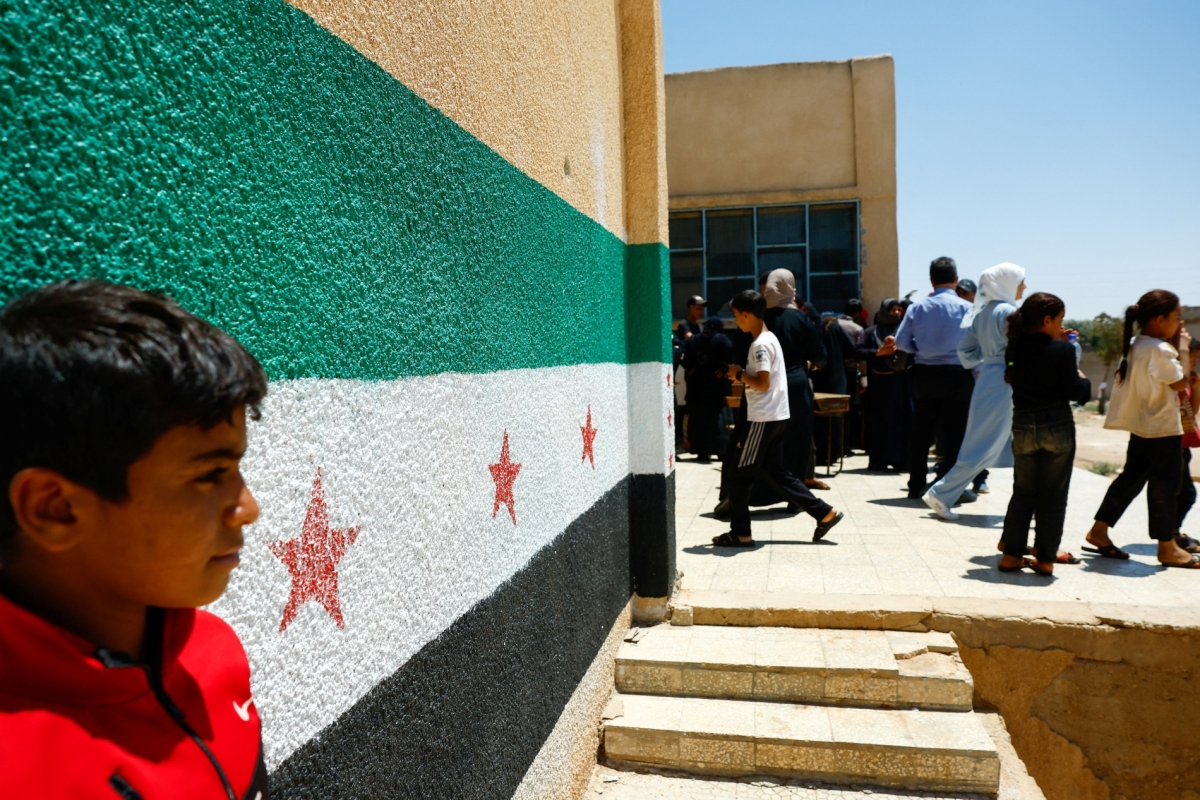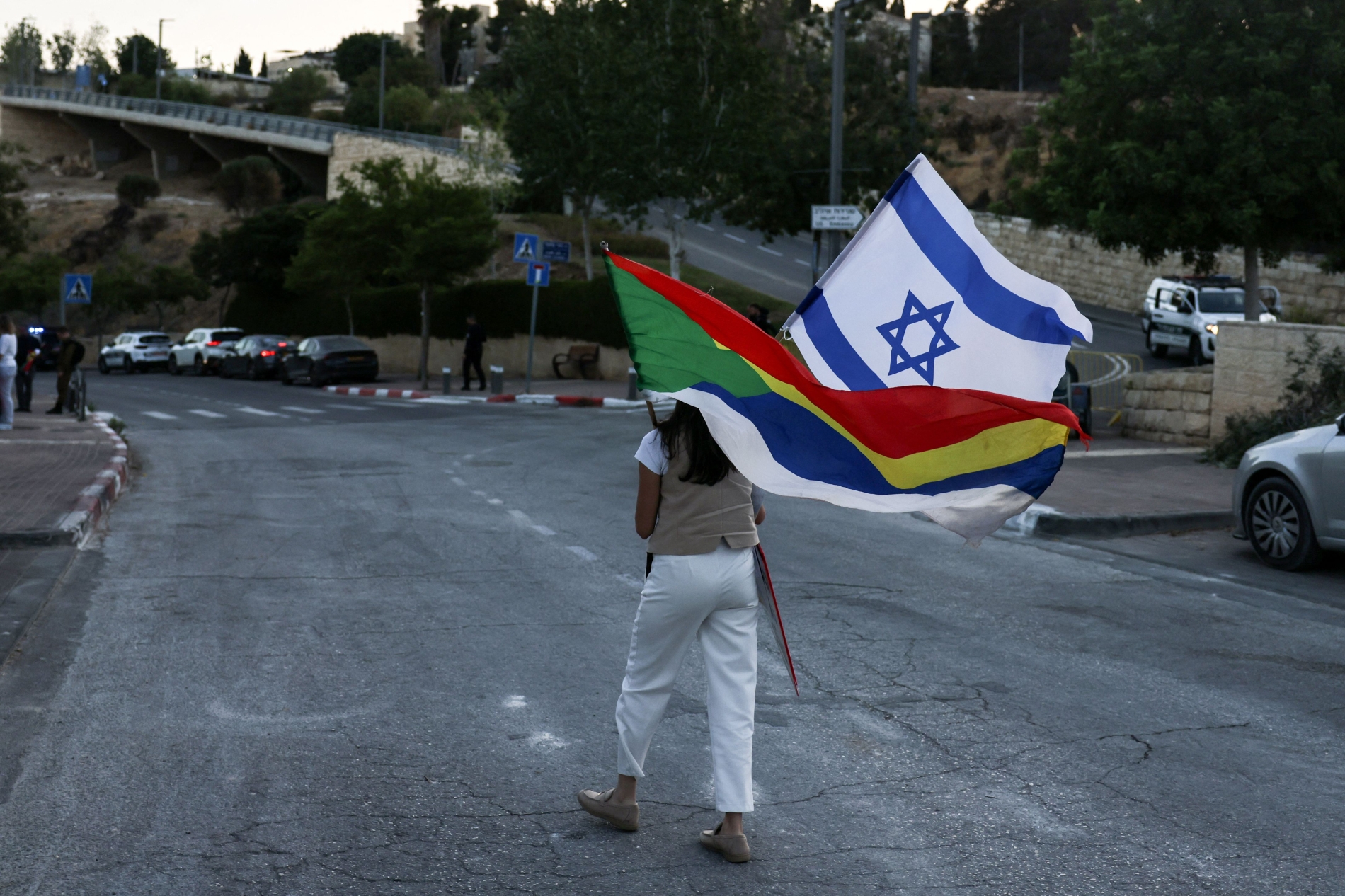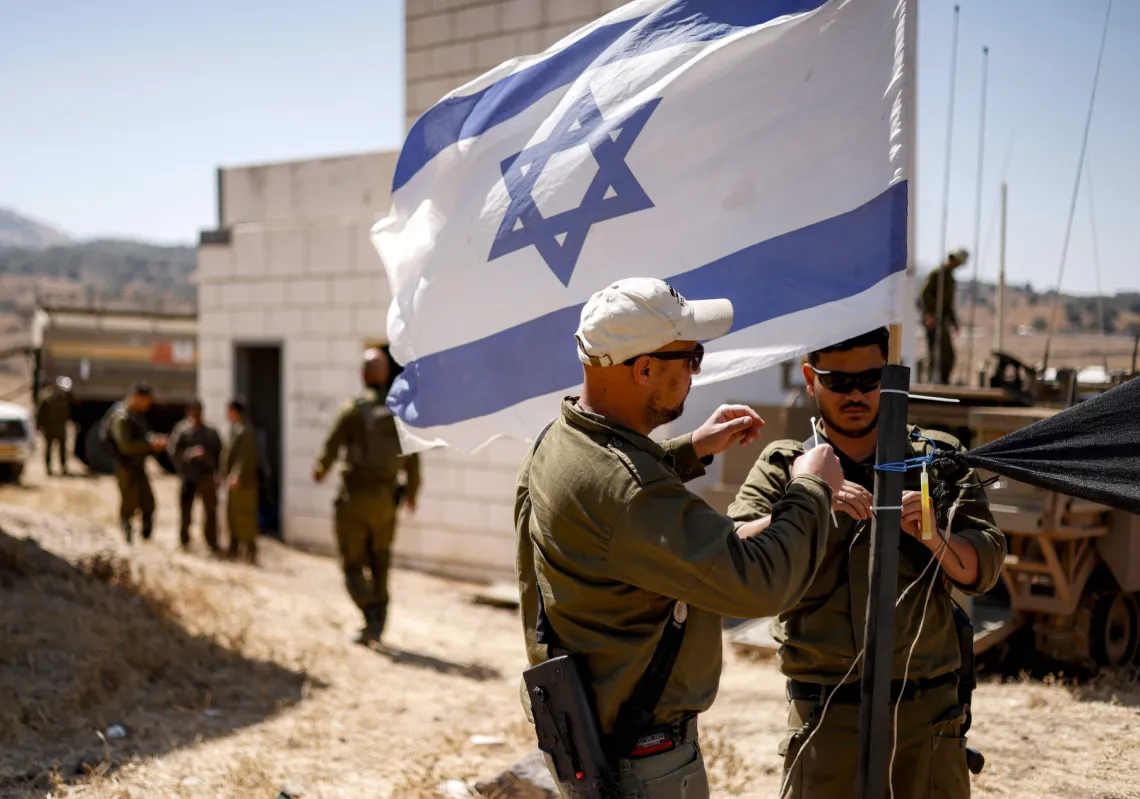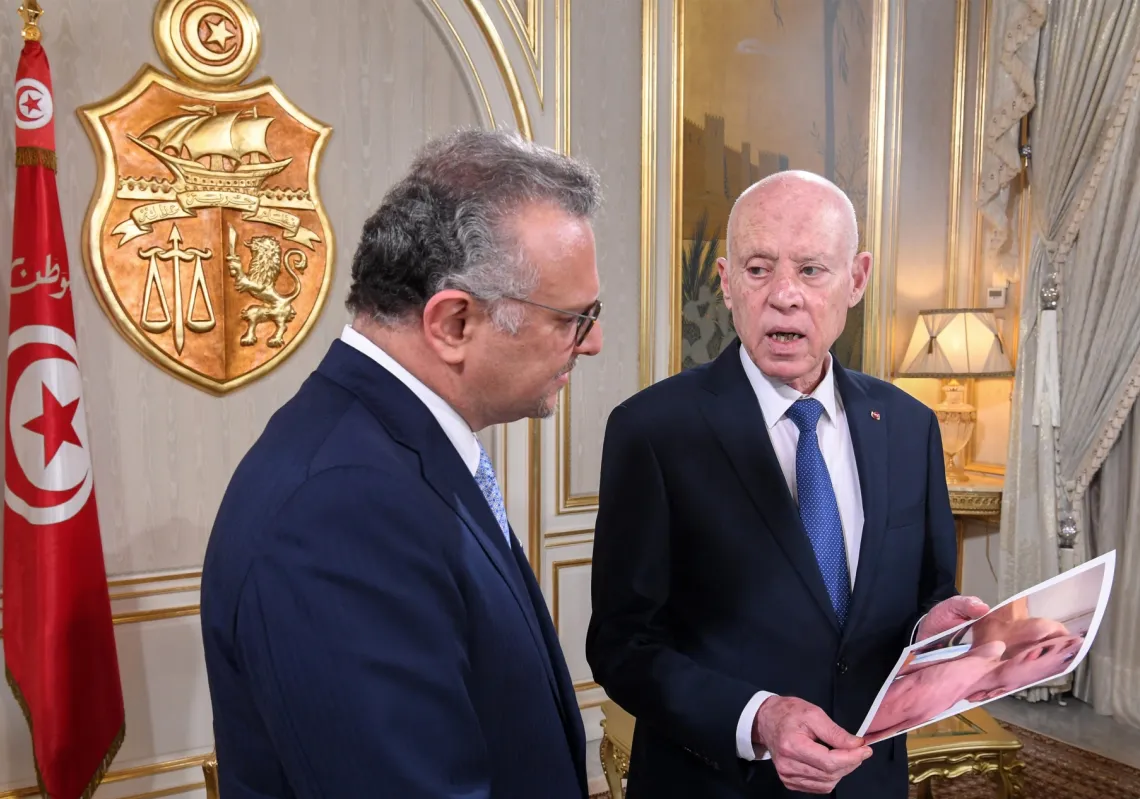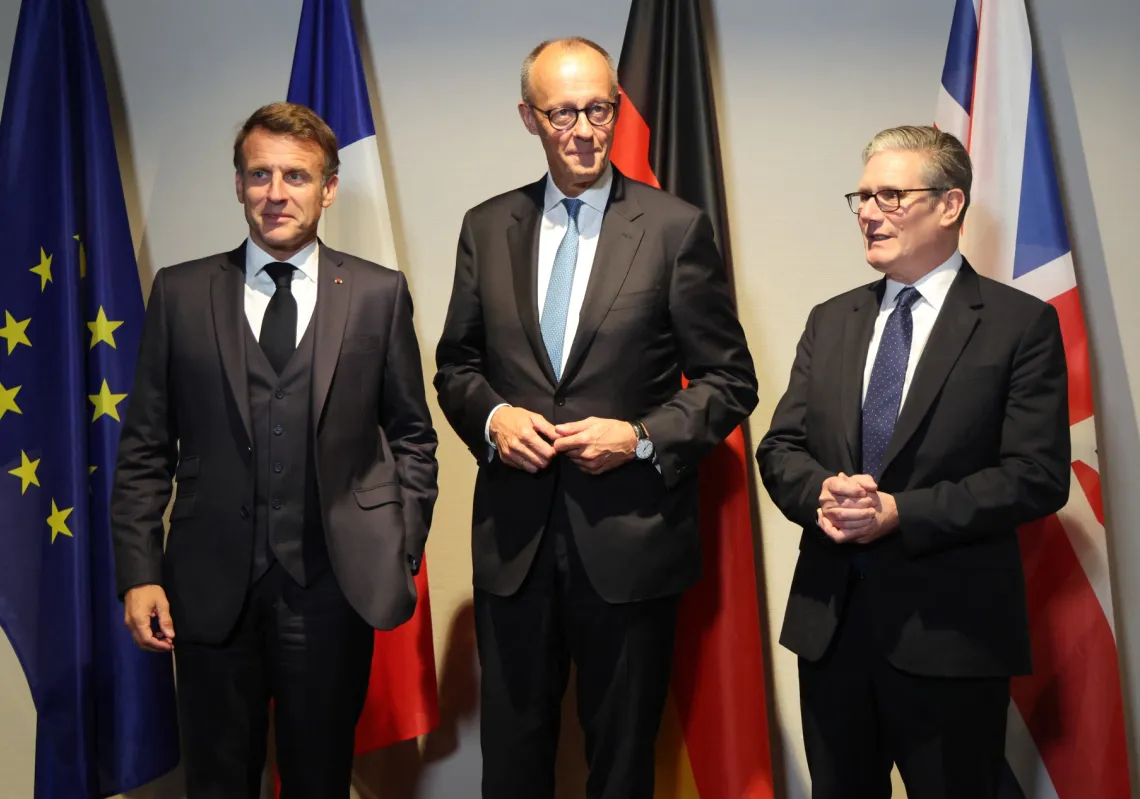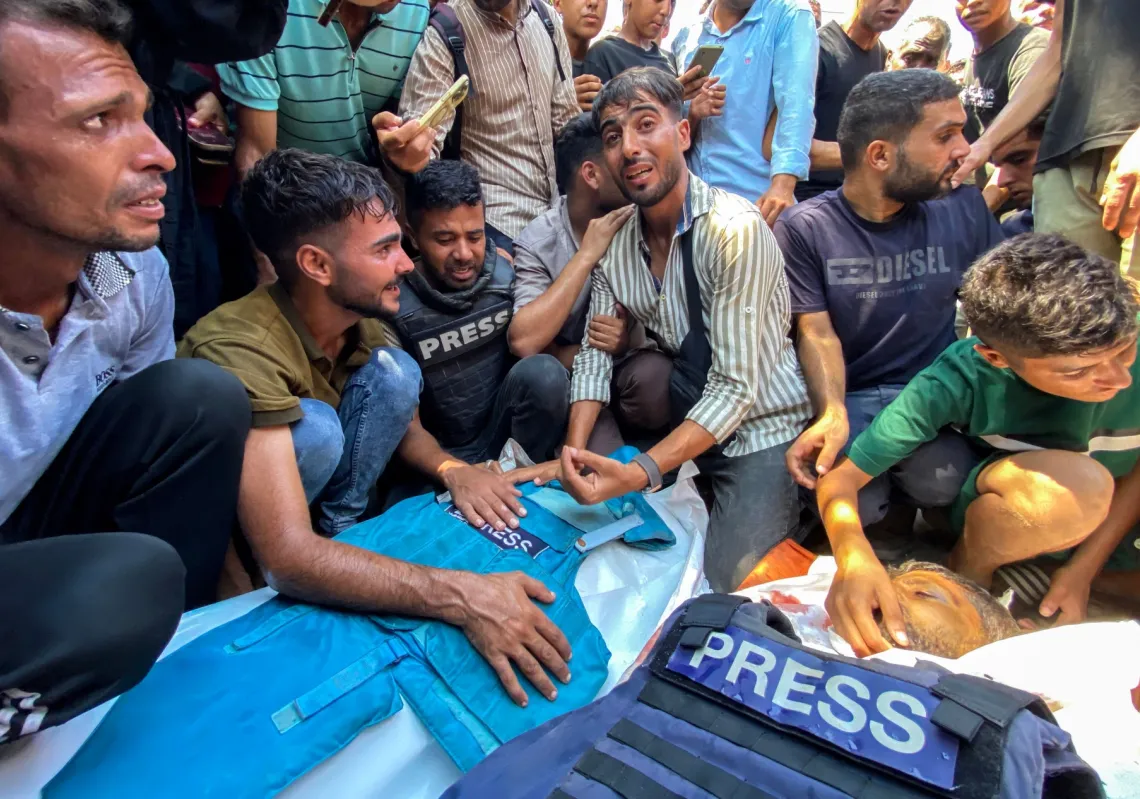President Ahmad al-Sharaa enjoyed a honeymoon of acceptance in the weeks and months after he led his fighters into Damascus, after defeating the dispirited army of former dictator Bashar al-Assad. For a period, al-Sharaa basked in a level of consensus and legitimacy perhaps unmatched by any previous Syrian leader, seen as having saved the country from half a century of tyranny and corruption.
The collapse of the Assad regime did not result in internal fighting or widespread violence, nor did it ignite identity-based conflicts—long-feared outcomes, given that the injustices and tragedies endured by Syrians had fuelled fear, hatred, and sectarianism. On the contrary, the first three months of transition were characterised by stability and a spirit of tolerance, strengthening the transitional leadership’s standing.
However, this honeymoon period was always on a timer. The new leadership soon faced immense internal and external challenges, as it sought to govern a country stripped of its resources, with a decaying infrastructure, a collapsed economy, and an abysmal standard of living. Tasked with rebuilding, the new leaders must also contend with the remnants of the old regime—and those who profited from it.
Managing agendas
Those are all internal problems. Externally, Damascus has had to deal with key regional powers, namely Israel, Turkiye, and Iran. The latter once held Syria under its spell. Now, Iran’s influence is largely restricted to its own borders. Israel, by contrast, has taken advantage of Syria’s vulnerability to push forward its own agenda, while Turkiye also sees Syria’s transition as an opportunity to strengthen its hand.
From the beginning, Syria’s new leadership approached Israel’s agenda with extreme caution. It pledged that Syria would not become a launchpad for attacks against Israel, adopted a “zero problems” policy with its neighbours, and stated that its only demands of Israel were an end to aggression and adherence to the 1974 ceasefire agreement.
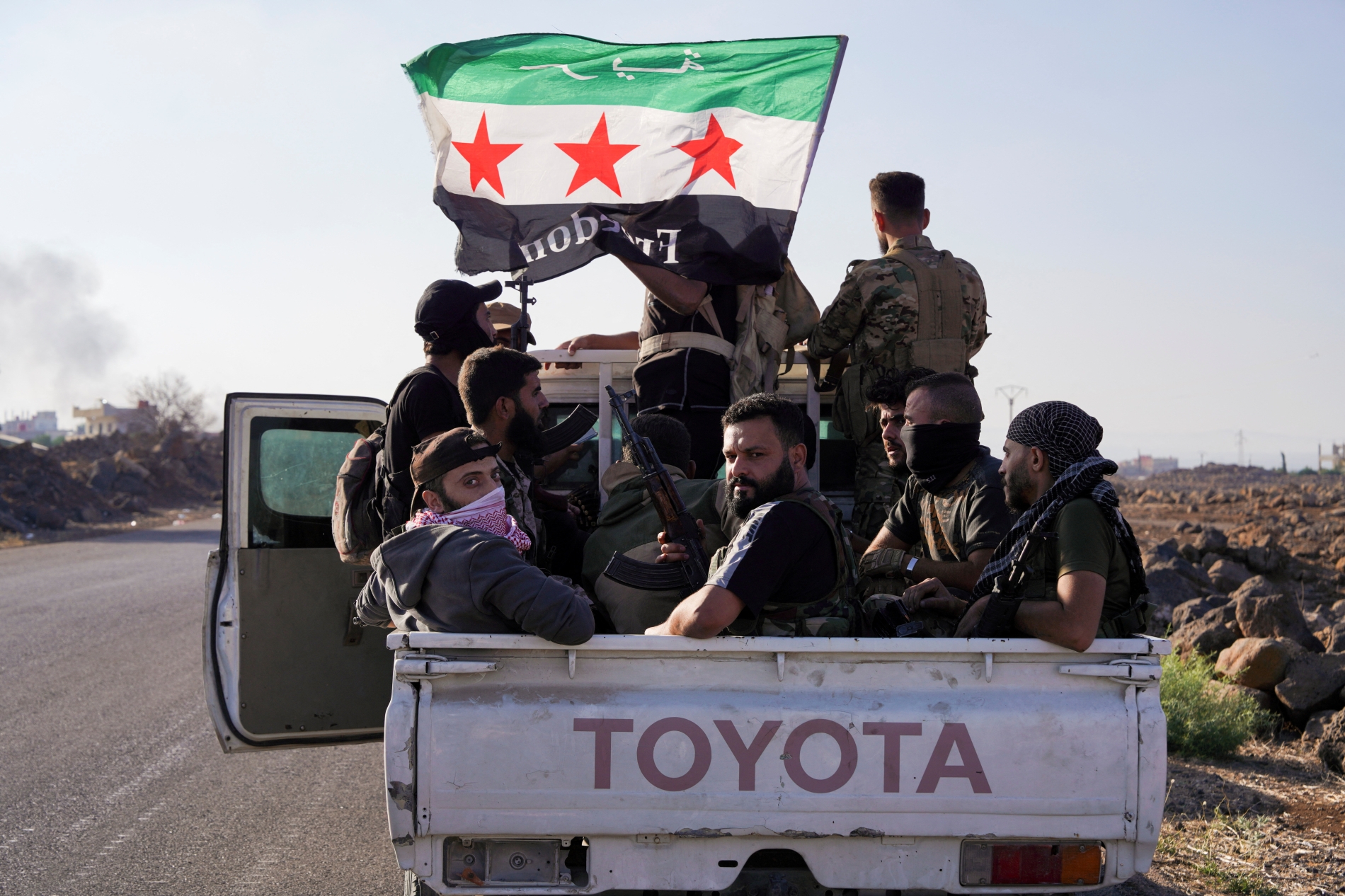
It affirmed that it would support whatever the Palestinians themselves accepted, and align with the Arab consensus on Israel, while keeping the Golan Heights on the negotiating table in accordance with international resolutions. Israel’s response was to strike at Syrian army infrastructure, depots, and facilities, justifying this as a defensive measure to pre-empt any attacks in the style of 7 October 2023, while effectively enforcing a demilitarised zone across Quneitra, Daraa, and Sweida.
Favouring fractures
Israel is seeking to establish itself as the dominant regional power, exerting influence across the Arab Levant, even as far as Iran. It aims to normalise relations with regional states on its own terms and project its identity (a sectarian and ethnically exclusive Jewish state) across a fractured wider region. This fragmentation has been seen in Iraq and Lebanon, which are riven by sectarian and ethnic divisions.
Syria now stands as the final piece in Israel’s regional arc. Within that context, events in Sweida must be viewed. In the southern city dominated by Druze, Syria’s leadership fell into a trap by going in heavy-handedly without accounting for all the complexities and entanglements, not least Israeli and international interests. Damascus did not have the necessary dialogue before sending its troops, which led to many more deaths.

